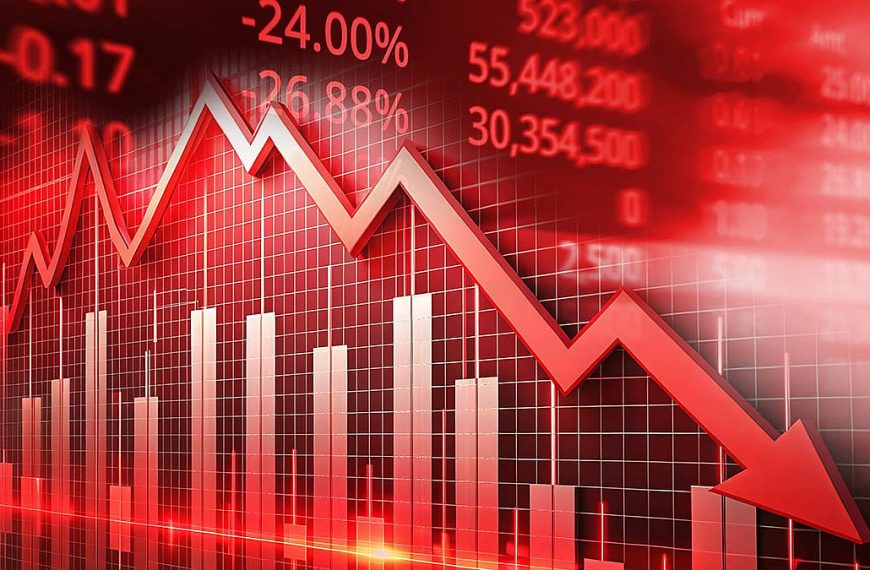Australian and New Zealand Dollars Plunge to New Lows Against Strong Euro
In a significant financial shift, the Australian and New Zealand currencies have dropped to their lowest levels against a robust euro, following Ukraine’s acceptance of a U.S. ceasefire proposal. This diplomatic development could pave the way for a potential end to the ongoing conflict. As a result, the euro surged to A$1.7418, marking its highest point since April 2020, and reached NZ$1.9167, the peak since March 2020.
Euro’s Rise Fueled by U.S. Support for Ukraine
The euro’s recent ascent can be attributed to the renewed U.S. commitment to provide military aid and intelligence to Ukraine. This move has sparked a positive sentiment in the markets, reflecting a broader confidence in the eurozone’s stability. As of now, there has been no reaction from Russia regarding the ceasefire proposal.
Antipodean Currencies Remain Stagnant Amid Market Volatility
Both the Australian and New Zealand dollars have been trading relatively flat against the U.S. dollar. Market sentiment remains cautious, influenced by a decline in U.S. stock prices and concerns over a potential slowdown in the U.S. economy. On Wednesday, the New Zealand dollar lingered around $0.57, while the Australian dollar was just under $0.63.
Expert Insights on Currency Trends
Analysts at Westpac have highlighted that declining U.S. yields and a lack of support for the greenback might provide some stability for the Australian dollar. Richard Franulovich, Westpac’s head of foreign exchange strategy, noted, "Despite the immediate news flow, we foresee a more favorable environment for AUD in the upcoming weeks." He emphasized that U.S. economic exceptionalism is facing challenges due to erratic policymaking, which keeps uncertainty high.
- AUD-USD Yield Spreads: These spreads are gradually favoring the Australian dollar, contributing to a mild upward trend for AUD/USD.
- Equity Sensitivity: Franulovich also pointed out that the Australian dollar’s reaction to U.S. stock fluctuations is currently at a post-COVID low. For instance, while the S&P 500 has dropped 9% from its recent highs, the AUD/USD has only declined 2% in the same timeframe.
Looking ahead, Franulovich cautioned that a drastic downturn in equity markets could still impact AUD/USD but might not be as severe as in previous instances. This is partly due to Australia’s offshore equity holdings, which have almost tripled since 2022, complicating the effects of any market sell-offs.
Bond Market Reaction
In the bond market, Australian government bonds mirrored the selling trend seen in U.S. bonds, with 10-year yields rising by eight basis points to 4.455%. Futures in this sector also fell by eight ticks, indicating a cautious outlook among investors amid ongoing geopolitical tensions.
As the situation evolves, traders and investors will be closely monitoring developments in both the currency and bond markets for further insights and trends.











